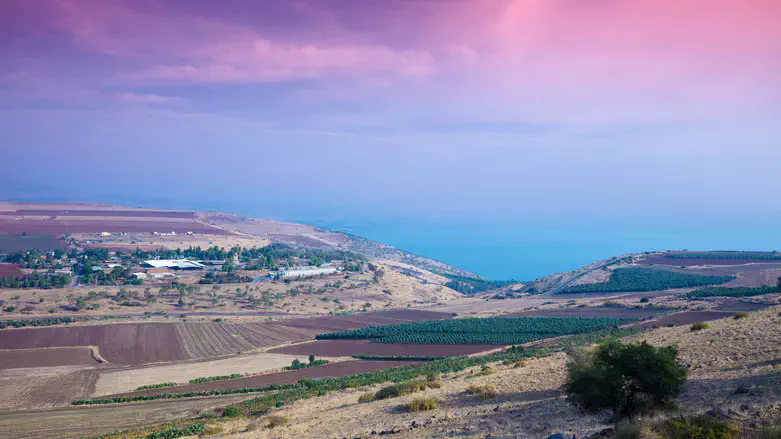
We pray for the speedy recovery of the wounded and Hashem's protection for the soldiers and citizens of Israel.
אנו מתפללים להחלמה מהירה של הפצועים ולשמירתם של ה' על חיילי ואזרחי ישראל.
To view all the Torah Lessons, Click Here
Parashat Noach
Presented By: Rav Mordechai Gershon Written by: Nir Shaul
Presented By: Rav Mordechai Gershon Written by: Nir Shaul
In Parashat Noach, the flood is described.
Questions
1. Where did the dove find the olive leaf?
2. Why according to the Midrash, Eretz Yisrael was not affected by the Flood?
Answer
The dove found the olive leaf in the Land of Israel.
The Land was not affected by the Flood. Eretz Yisrael is the Holy Land, which does not require spiritual cleansing. The Land expels sinners.
Questions
1. Where did the dove find the olive leaf?
2. Why according to the Midrash, Eretz Yisrael was not affected by the Flood?
Answer
The dove found the olive leaf in the Land of Israel.
The Land was not affected by the Flood. Eretz Yisrael is the Holy Land, which does not require spiritual cleansing. The Land expels sinners.
To watch the Torah Lesson, Click Here
To view all the Tefila Lessons, Click Here
Tefila Shacharit, Mizmor Hodu
Presented By: Avrum Leeder Written by: Ori Engelman
Presented By: Avrum Leeder Written by: Ori Engelman
In the morning prayers, we recite Mizmor Hodu taken from Divrei HaYamim I Perek 16 pesukim 8-36.
Questions
1. What is the meaning of the terms “cḥevel” (“portion,” also meaning “rope”) and “nacḥala” (inheritance) which appear in the posuk?
2. Being the holiest Land in the world, why does the posuk use the phrase “the land of Canaan"?
Answers
1. The Land of Canaan refers to the material and mundane aspects, while “cḥevel” relates to connecting these aspects to spiritual level and “nacḥala” implies the source of all goodness and blessings.
2. Since the Land of Israel is the source of holiness and blessing, it is the place to elevate the material and the mundane.
To watch the Tefila Lesson, Click Here
Location of the Week
Location: Tiberias Subject: Tiberias Hot Springs
Written by: David Magence
Location: Tiberias Subject: Tiberias Hot Springs
Written by: David Magence
Rashi quotes our Sages' observation that at the end of the Flood, not all springs were plugged up, since those which are necessary for the world were not closed. The example presented by the Midrash is the Tiberias Hot Springs.
While there are numerous hot springs within Israel, it is not surprising that the Sages refer specifically to the springs of Tiberias, since they were in the city the Sages lived. Following the defeat of the Bar Kochva revolt (135 CE) the Romans made it a capital crime for a Jew to enter Jerusalem and the vicinity, and the Galil became the center of Jewish life in Israel, with Tiberias being the most important city. In fact, Tiberias was home to the greatest yeshiva of Eretz Yisrael during the Talmudic Period. Thus, our Sages were very familiar with the hot springs at the southern end of Tiberias.
At the Tiberias Hot Springs National Park, one can see (and smell) the water of the hot springs. A highlight of the national park is the remains of an ancient synagogue, with beautiful mosaic floors.
While there are numerous hot springs within Israel, it is not surprising that the Sages refer specifically to the springs of Tiberias, since they were in the city the Sages lived. Following the defeat of the Bar Kochva revolt (135 CE) the Romans made it a capital crime for a Jew to enter Jerusalem and the vicinity, and the Galil became the center of Jewish life in Israel, with Tiberias being the most important city. In fact, Tiberias was home to the greatest yeshiva of Eretz Yisrael during the Talmudic Period. Thus, our Sages were very familiar with the hot springs at the southern end of Tiberias.
At the Tiberias Hot Springs National Park, one can see (and smell) the water of the hot springs. A highlight of the national park is the remains of an ancient synagogue, with beautiful mosaic floors.




